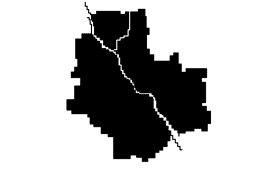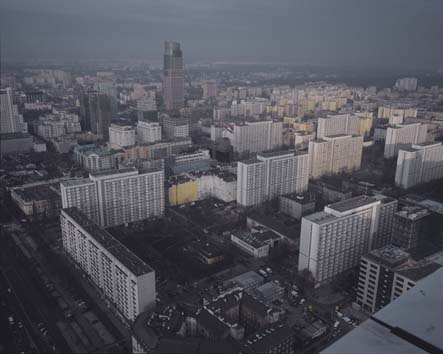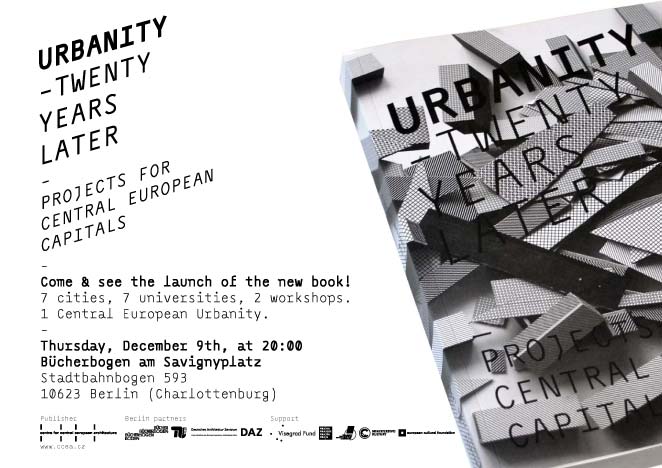
Warszawa
City foundation:
13th century
Population:
1.709.781 inhabitans
Area:
517 Km2 per district
Density:
3.291 inhab./km2
Dividing the city:
18 districts/sub. boroughs
Mayor:
Hanna Gronkiewicz-Waltz (PO)
parties:
Civis Plataform (Christian-democratic
and liberal-conservative political party)
Although Warsaw has had a sorrowful history in past, today’s the city has pursued a policy of economic liberalization since 1990. Today, it stands out as a success story among transition economies.
Poland is an ancient nation that was conceived near the middle of the 10th century. Its golden age occurred in the 16th century. During the follow centuries internal disorders weakened the nation. Poland regained its independence in 1918 only to be submitted by Germany and the Soviet Union in World War II. Poland joined NATO in 1999 and the European Union in 2004. With its transformation to a democratic, market-oriented country largely completed, Poland is an active member of Euro-Atlantic organizations.
From the photography exhibition

Szymon Rogiński, Warsaw 2009
The capital, compound of competitive neighbourhoods – fragments of weakened city
